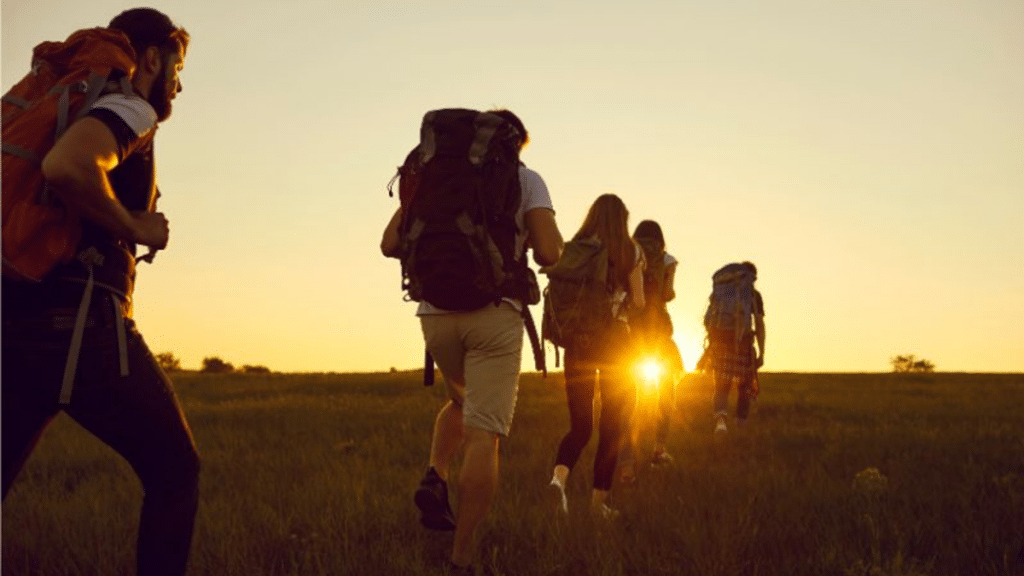The Andes is one of the most impressive and extensive mountain ranges in the world, encompassing several South American countries such as Argentina, Chile, Peru, Bolivia, Ecuador, Colombia and Venezuela. Trekking in the Andes offers a unique opportunity to explore stunning landscapes, from glaciers and volcanoes to jungles and deserts. This comprehensive guide will provide you with all the information you need to prepare and enjoy an unforgettable trekking experience in the Andes Mountains.
Preparations for Trekking
Necessary Equipment
The right equipment is crucial for a successful trekking experience. Here is a list of the essential items you should bring:
- Footwear: Sturdy and comfortable trekking boots.
- Clothing: Clothing suitable for changing climates, including thermal layers, waterproofs and light clothing.
- Backpack: A backpack with sufficient capacity for your equipment and supplies.
- Camping equipment: Tent, sleeping bag suitable for low temperatures and insulating mat.
- Accessories: Trekking poles, headlamp, map and compass or GPS.
- Provisions: Sufficient water and energy food.
Physical Training
Trekking in the Andes can be physically demanding. It is recommended that you prepare yourself physically in advance. Here are some tips:
- Cardio: Increase your cardiovascular endurance with activities such as running, cycling or swimming.
- Strength: Strengthen your muscles, especially your legs, with exercises such as squats, lunges and mountain climbs.
- Altitude: If possible, perform workouts at similar altitudes to acclimatize your body.
Popular Trekking Routes
The Inca Trail, Peru
One of the most famous treks in the world, the Inca Trail takes you through ancient ruins and mountain scenery, culminating in the majestic city of Machu Picchu. This route lasts approximately 4 days and requires special permits which you can consult with our friends at Andean Travel.
The O Circuit, Torres del Paine, Chile
Located in Torres del Paine National Park, this 8 to 10 day circuit offers spectacular views of glaciers, lakes and granite towers. It is a challenging but rewarding route for trekking enthusiasts.
Aconcagua, Argentina
Aconcagua is the highest mountain in South America and one of the Seven Summits of the world. Climbing this mountain is a serious challenge that requires previous high mountain experience and excellent physical condition. The most popular route is the Normal Route, which can take 15 to 20 days.
Safety and Considerations
Acclimatization to Altitude
The altitude in the Andes can cause altitude sickness, which includes symptoms such as headaches, nausea and fatigue. To avoid this, it is important to acclimatize gradually, hydrate well and get sufficient rest.
Climatic Conditions
The weather in the Andes can be very variable and extreme. It is essential to be prepared for any sudden weather changes. Wear appropriate clothing and consult weather forecasts before your trip.
Guides and Permits
Some trekking routes in the Andes require permits and it is advisable to hire local guides, especially on more challenging or remote routes. Guides not only know the terrain well, but can also provide valuable cultural and historical information.
Conclusion
Trekking in the Andes is an enriching experience that will connect you with nature and challenge you physically. With proper preparation and respect for the environment, you can enjoy some of the most spectacular views in the world. Whether you choose to explore the Inca Trail, the O Circuit in Torres del Paine or attempt to climb Aconcagua, the adventure and beauty of the Andes will leave you with indelible memories. Get your backpack ready and venture out to discover the majesty of the Andes Mountains!
